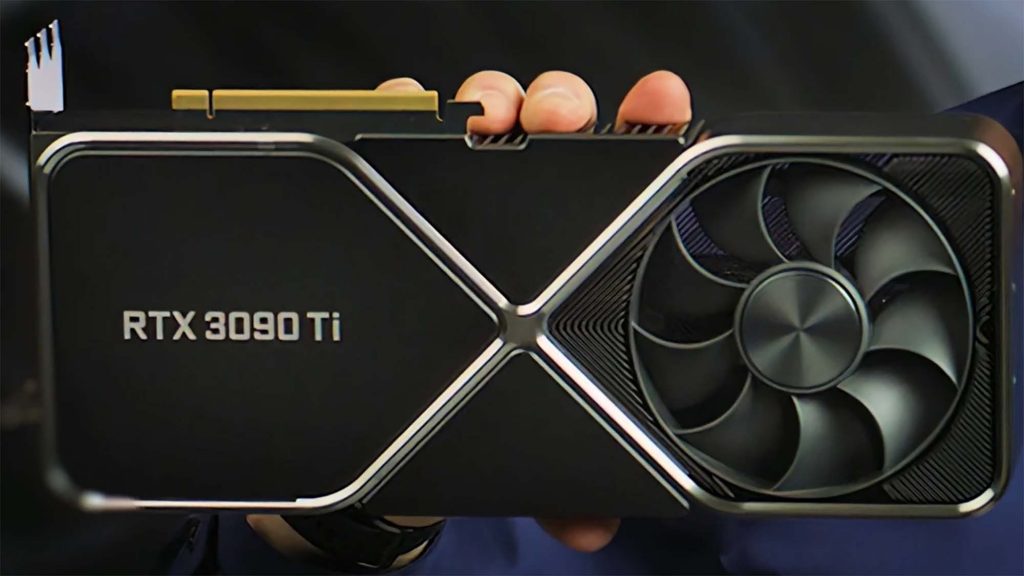Nvidia’s ray tracing prowess is set to level up with Team Green’s graphics cards in the future, with a research paper outlining a new tech called Subwarp Interleaving which could potentially lead to up to 20% performance improvements.
That’s a big jump, of course – albeit a best-case scenario, because as ever, performance will vary from game to game – with potential gains in the average ballpark of around 6.3%, as measured on a ‘microarchitecture enhanced Turing-like GPU’, as Tom’s Hardware reports.
So, that’s a nice uptick, with some potentially much bigger improvements on certain titles. The caveat is that it’s still early stages for the work, and the architectural tuning required to introduce this feature likely won’t be realized until after next-gen cards – meaning the next range, presumably RTX 5000, after RTX 4000 ‘Lovelace’ cards which are due to arrive later in 2022.
The Subwarp Interleaving method used, detailed in the research paper which was discovered by Twitter user 0x22h, is, to quote the paper, an “architectural enhancement … that exploits thread divergence to hide pipeline stalls in divergent sections of low warp occupancy workloads.”
While this is heavy on the jargon, and indeed might sound like something from Star Trek with all the talk of ‘warp’, all you really need to know is that it’s a new idea for microarchitectural tuning that is basically changing the way elements of an Nvidia GPU work to remove design blocks that are detrimental to ray tracing performance.
Analysis: Make it so, Nvidia
Subwarp Interleaving sounds like an impressive step forward for RTX graphics cards, but as mentioned, it won’t be here for some time yet. Nvidia’s RTX 5000 family, if the naming convention goes as expected, probably won’t be here until late in 2024 or even 2025, to give you an idea of the timescale we are looking at.
This technology won’t be backwards compatible with existing GPUs either, sadly, as it relies on core changes to the actual design and architecture of Nvidia’s boards.
What’s also interesting to consider is that Nvidia will be working on many different avenues of upping the performance of ray tracing, not just Subwarp Interleaving, and the cumulative benefits of all this tinkering with the RT capabilities of its graphics cards should add up to even greater gains.
As time progresses, the visual polish from ray tracing will become considerably more attainable – with smooth frame rates, at beefier resolutions, particularly with DLSS which will also be developed – to those who maybe don’t have the money for a higher-end GPU. And let’s face it, who does, right now – if you can even find one.
